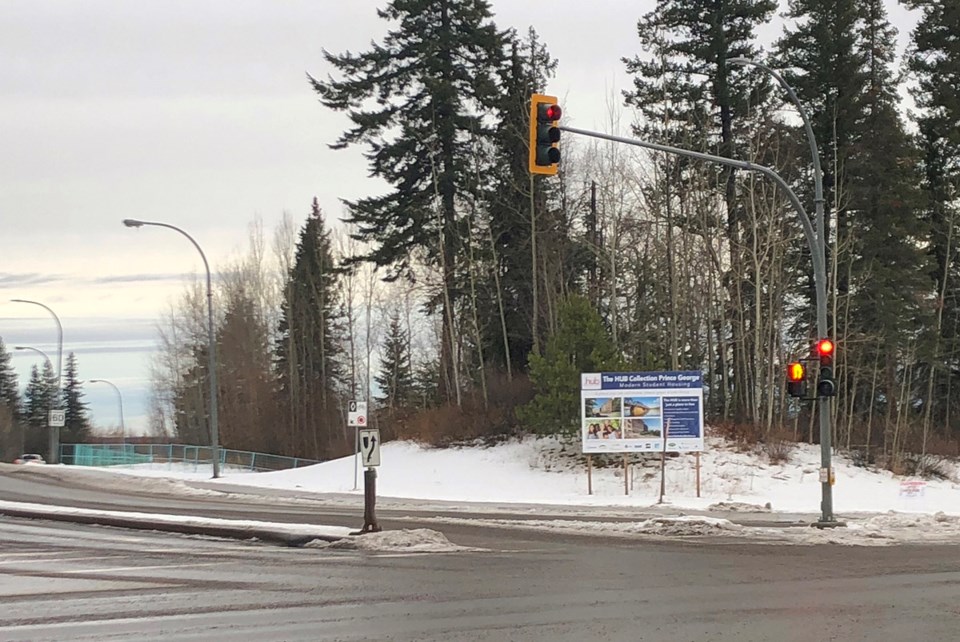The warning signs to watch out for moose are still up on Tyner and University Way, but I’m not sure for how much longer we will need them.
The plan is to raze hundreds of hectares of forest between UNBC and the Bon Voyage for high-end houses, and just last week some more habitat came down.
Like the one further down the road from last winter, they probably won’t leave a single tree for a songbird, let alone a patch of them for a moose or a bear or two. And no, those drab pine plantations they replant along the edges do not count; moose can’t survive on pine, or spruce. Nor is it firesmart.
But we need to provide housing. Premier David Eby is now promising to force housing targets on municipalities. This follows Ontario’s lead of opening up the protected “Greenbelt” of farms and forests in Southern Ontario to urban development, part of a plan to build over a million new homes there.
The argument is the same. We are experiencing a housing crisis, and with plans to increase immigration to 500,000 people a year, we will need to bulldoze a lot of forest to build the necessary carbon-spewing sprawl.
Anyone who questions this risks being labelled an opponent of immigration and a supporter of homelessness.
It’s a handy argument for the developers who happened to buy cheap protected greenspace land in recent years, like the developers in Ontario, but it’s not like Prince George needs any help. We have been happily mowing down our forests on our own, atop an unstable hillside no less, with no encouragement from Victoria.
But it hasn’t solved the homelessness crisis.
If anything, the upswing in the Prince George housing market has driven up speculation, increased housing costs, and jacked up rents. More people are on the streets then ever before.
And the continual outward growth is expensive. We are already spending millions of dollars on stormwater management systems for these developments along Tyner and we will have many more kilometres of roads to pave, plow, and maintain as well.
A fascinating study by Urban3, an American consulting firm specializing in urban economics, has shown that time and time again, it’s the downtown, lower-income, higher-density neighbourhoods that generate more revenue per unit of service provided compared to low-density, higher income suburbs. When it comes to municipal finance, the poor often subsidize the rich.
In the coming years, we should double our efforts to build upwards, not outwards. We have lots of land in the downtown to work with. Doing so will create a more efficient city that burns less fuel and will probably be more affordable, friendly and fun as well.
New developments should respect our northern forests a lot more. They should be better integrated with nature like our older developments attempted, and should maintain a native deciduous component, not just for firesmart, but so that Prince George remains a city close to nature where our moose, owls, foxes and bears can feel at home as well.
James Steidle is a Prince George writer.



